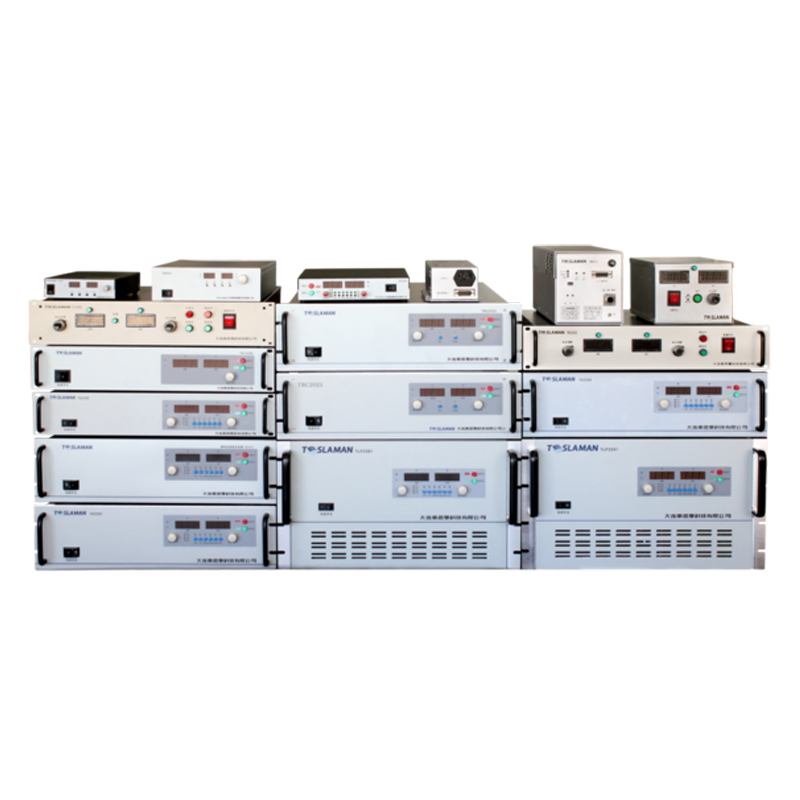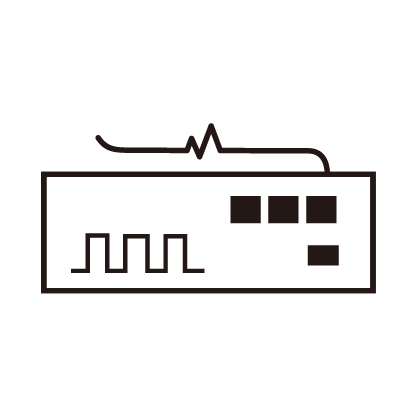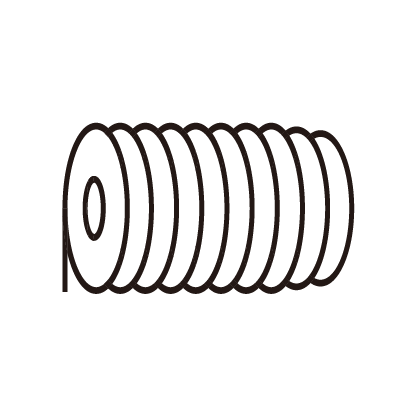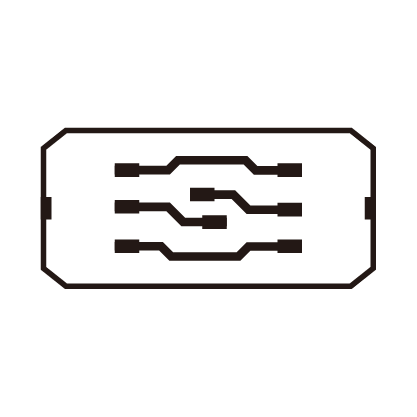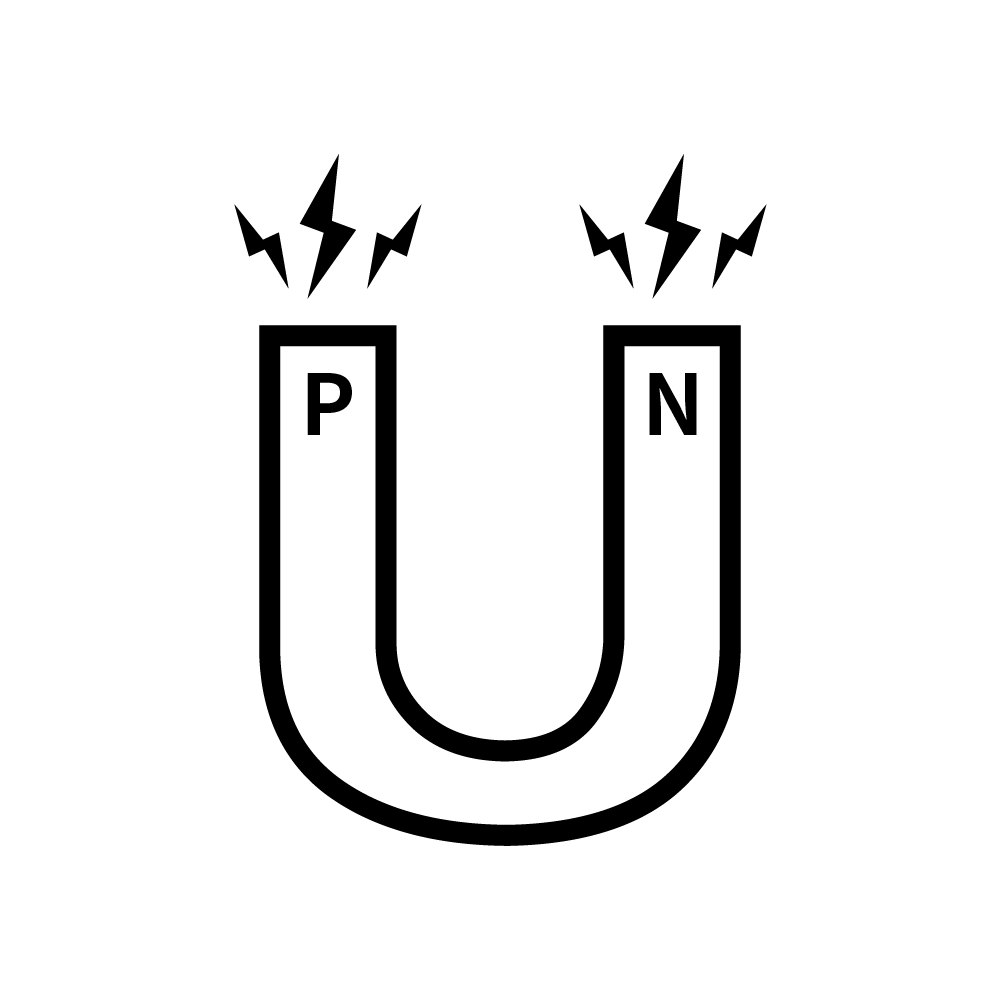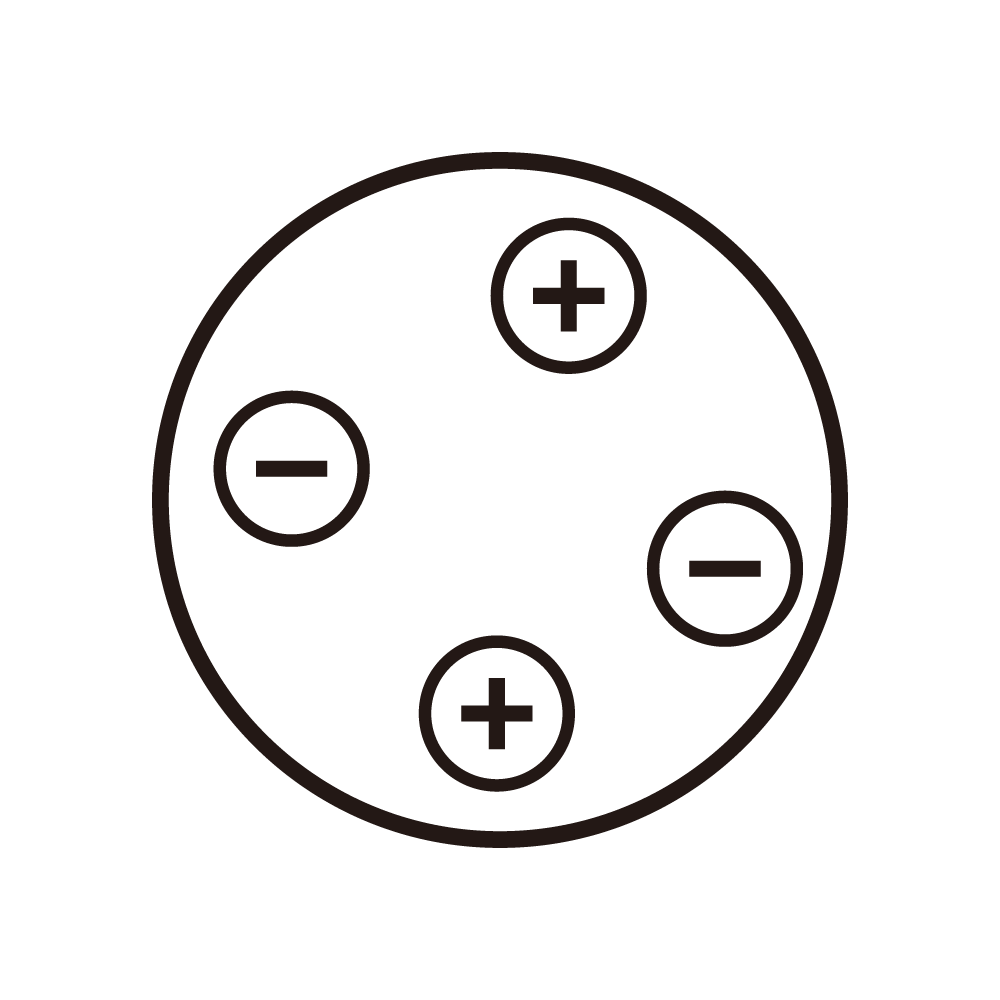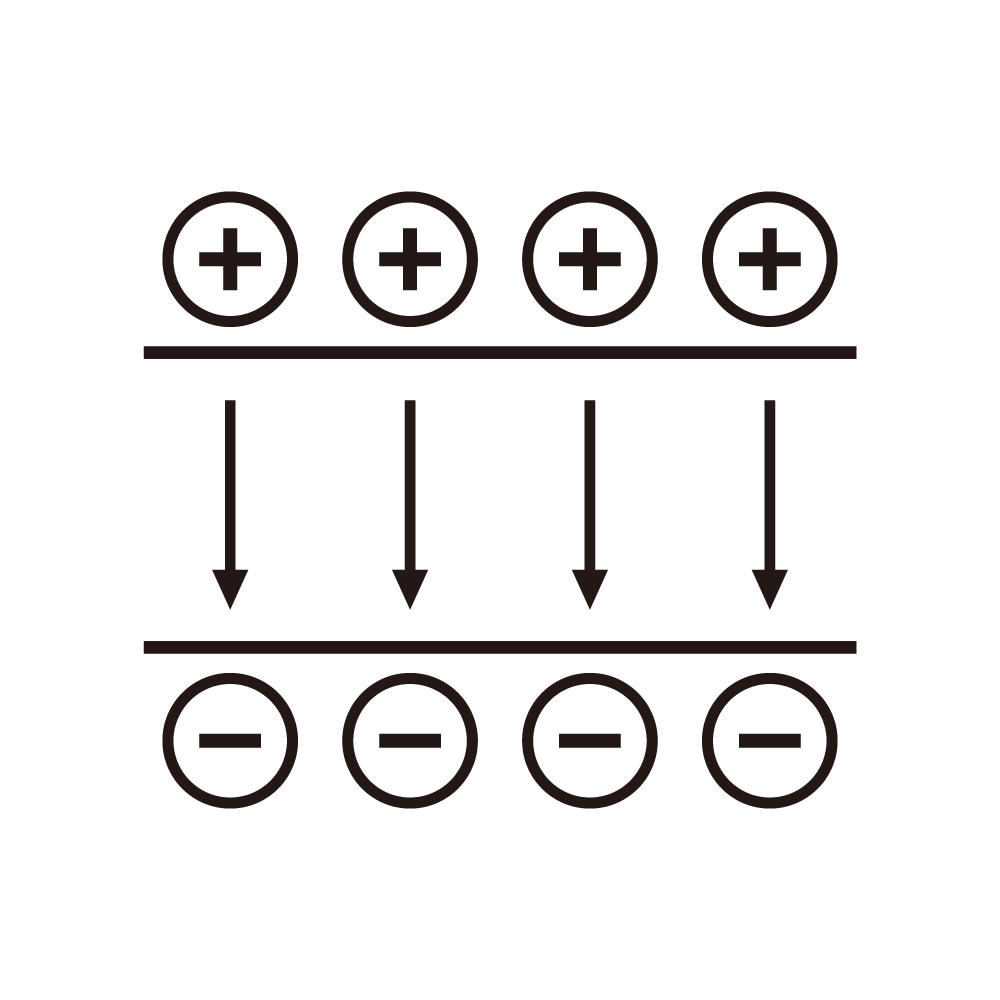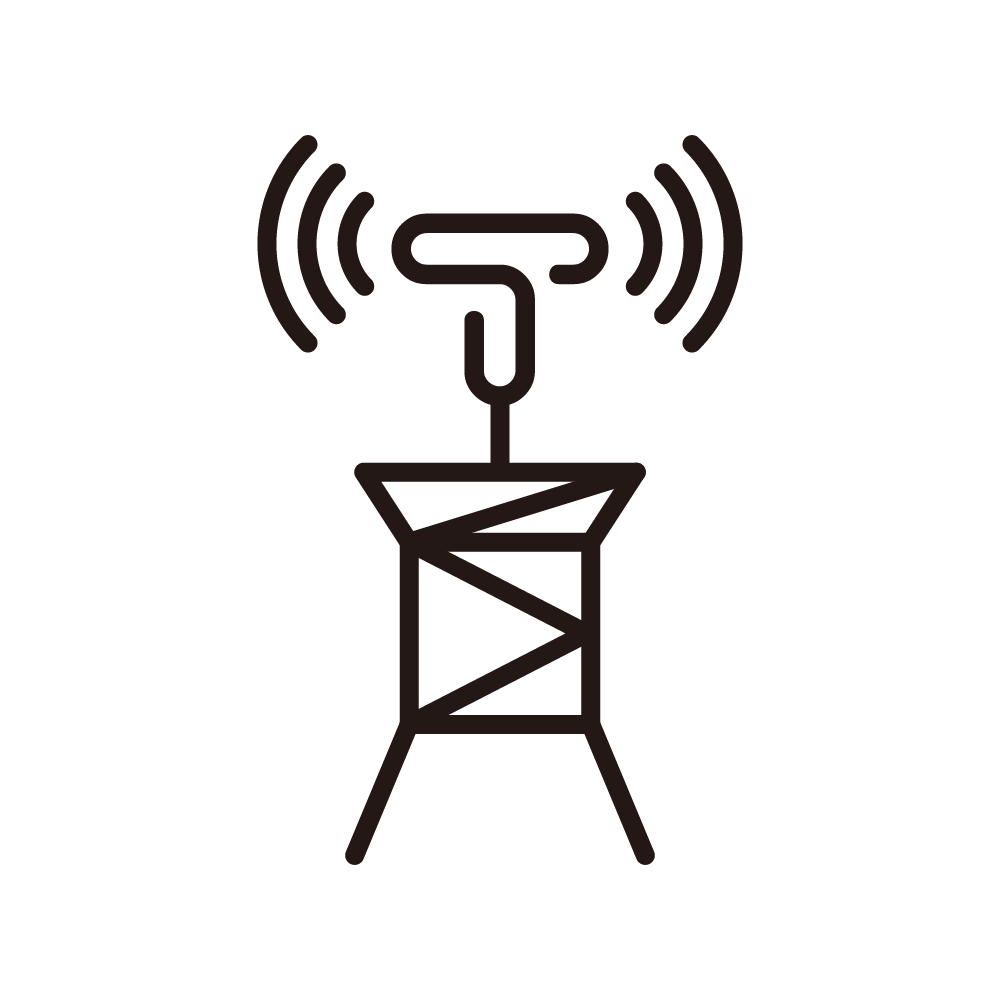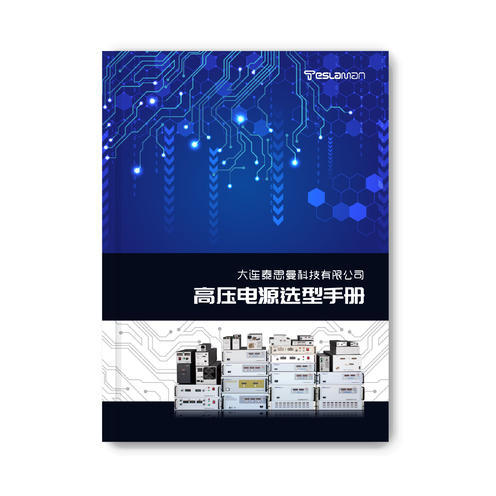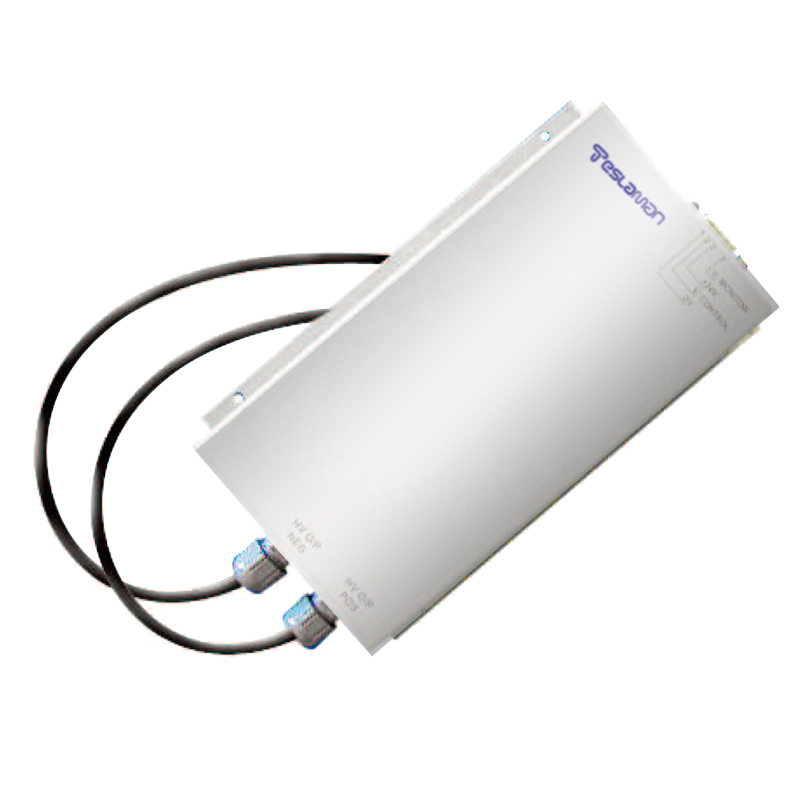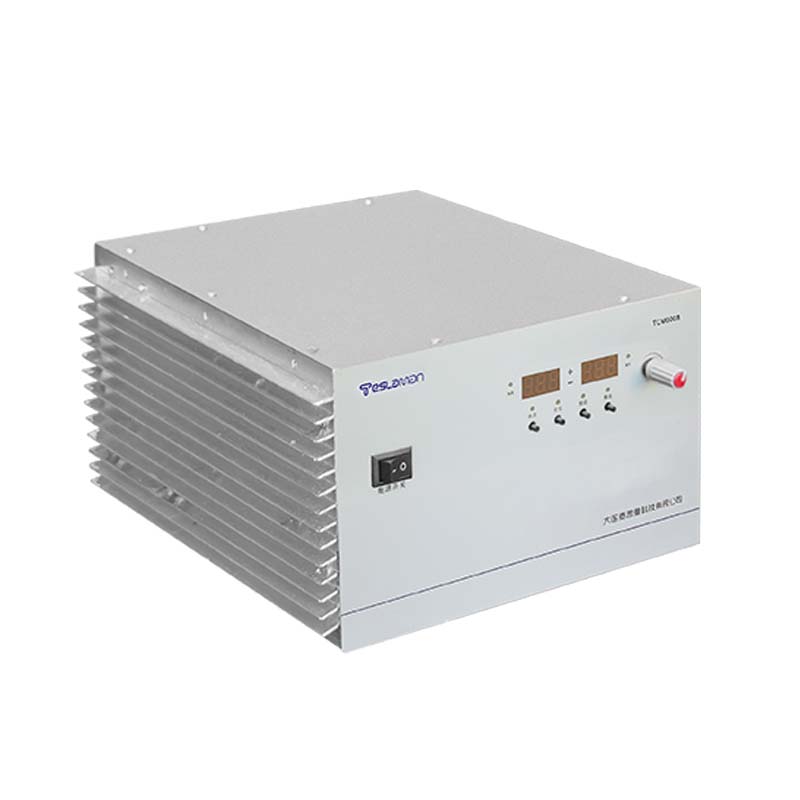Noise Reduction Techniques for High-Precision Low-Ripple Power Supplies
High-precision low-ripple power supplies form the foundation of modern electronic systems, enabling precision measurement, reliable communication, and accurate control. Their output quality directly impacts the performance of subsequent circuits, particularly in radio frequency communication, precision measurement instruments, and high-resolution data acquisition systems, where even microvolt-level noise can lead to signal integrity degradation, increased bit error rates, or measurement deviations. Consequently, systematic noise reduction has become a central challenge in power supply design.
Noise Sources and Classification
Noise at the power output can primarily be categorized into five types: low-frequency ripple, high-frequency ripple, common-mode noise, ultra-high-frequency resonant noise, and closed-loop regulation noise. Low-frequency ripple often stems from insufficient input rectification filtering or limited control loop gain, typically at multiples of the line frequency. High-frequency ripple is directly related to the switching actions of power devices, ranging from hundreds of kilohertz to several megahertz. Common-mode noise is caused by parasitic capacitances (e.g., between power devices and heat sinks). Ultra-high-frequency resonant noise arises from resonances formed by diode reverse recovery or line parasitic parameters. Closed-loop regulation noise may result from control parameter mismatches leading to self-oscillation.
Noise Reduction Technical Measures
1. Topology and Control Strategy Optimization: Employing soft-switching techniques (such as Zero Voltage Switching ZVS or Zero Current Switching ZCS) can significantly reduce voltage and current stress during switching, thereby minimizing electromagnetic radiation and switching losses. Adding pre-regulation stages (e.g., Power Factor Correction PFC) or linear regulation stages can effectively suppress low-frequency ripple from the input side. In control loops, feedforward control and closed-loop gain optimization help enhance ripple suppression and avoid self-oscillation caused by parameter mismatch.
2. Filter Architecture Design: Filtering requires layered approaches tailored to different noise frequency characteristics. Low-frequency ripple can be suppressed by increasing output filter inductance and capacitance (e.g., using millihenry-level inductors and hundreds of microfarad electrolytic capacitors). High-frequency noise requires LC filters utilizing low ESL (Equivalent Series Inductance) ceramic capacitors (e.g., C0G/NP0 type) and magnetically shielded inductors. Multi-stage filtering (e.g., π-type or T-type networks) can synergistically broaden the suppression bandwidth, but attention must be paid to resonant peak control to avoid introducing new gain spikes. Common-mode noise necessitates EMI filters combining common-mode chokes and Y-capacitors.
3. Parasitic Parameter Management and Layout: Minimizing parasitic elements is key to suppressing high-frequency noise. Selecting switching transistors with low junction capacitance and soft-recovery diodes reduces resonance caused by reverse recovery. Layout strategies such as shortening high-frequency loop paths, using twisted-pair signal lines, and multilayer board designs (with dedicated power and ground planes) can reduce parasitic inductance and capacitance. For high-voltage applications, proper divider grounding and double-shielded coaxial cables can effectively suppress common-mode interference introduced by ground loops.
4. Shielding and Grounding: A overall metal shielded enclosure can block external radiative interference and prevent internal noise leakage. Grounding design must follow the minimum impedance principle, separating signal ground, power ground, and shield ground. High-frequency circuits should use multi-point grounding, while low-frequency circuits should use single-point grounding to avoid ground loop issues.
5. Integrated Solutions: In recent years, highly integrated power modules have become a trend for simplifying design. Such modules integrate optimized switching regulators, high-performance Low-Dropout Linear Regulators (LDOs), and precision-matched passive filter networks within a single package. Through internal co-design, they eliminate resonance risks and layout parasitic effects, achieving microvolt-level noise output over a wide bandwidth.
Conclusion
Noise reduction in high-precision low-ripple power supplies is a systematic endeavor, requiring the comprehensive application of topology optimization, filter design, parasitic parameter control, shielding, grounding, and integration technologies. As electronic systems demand higher power quality, future noise reduction techniques will increasingly focus on multidisciplinary integration and full-frequency-band optimization, providing a pure and stable power foundation for high-precision electronic equipment.
